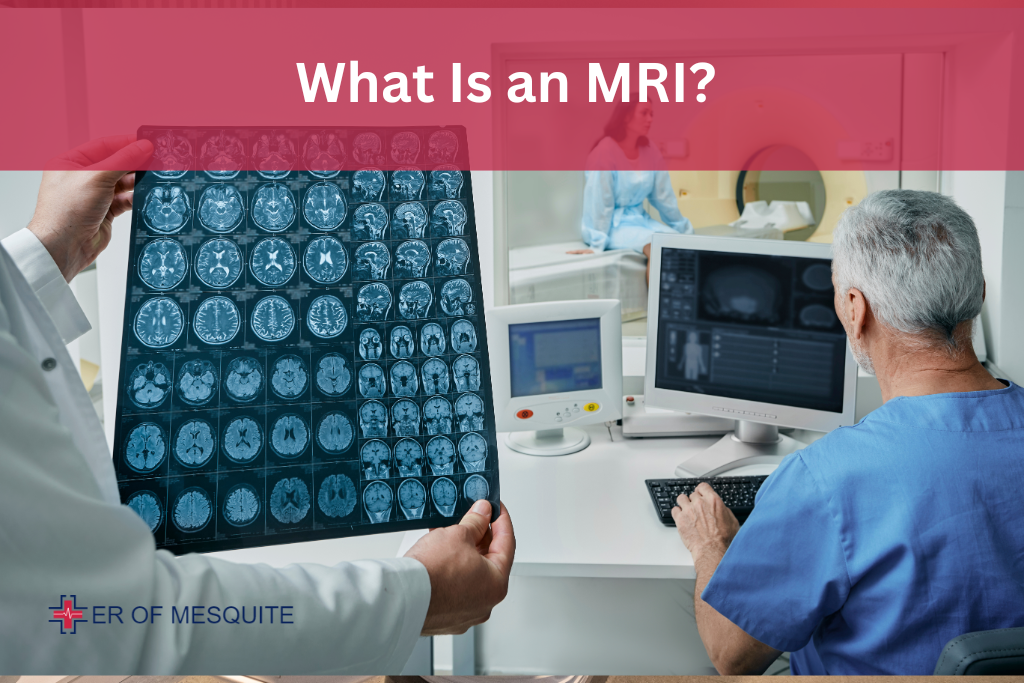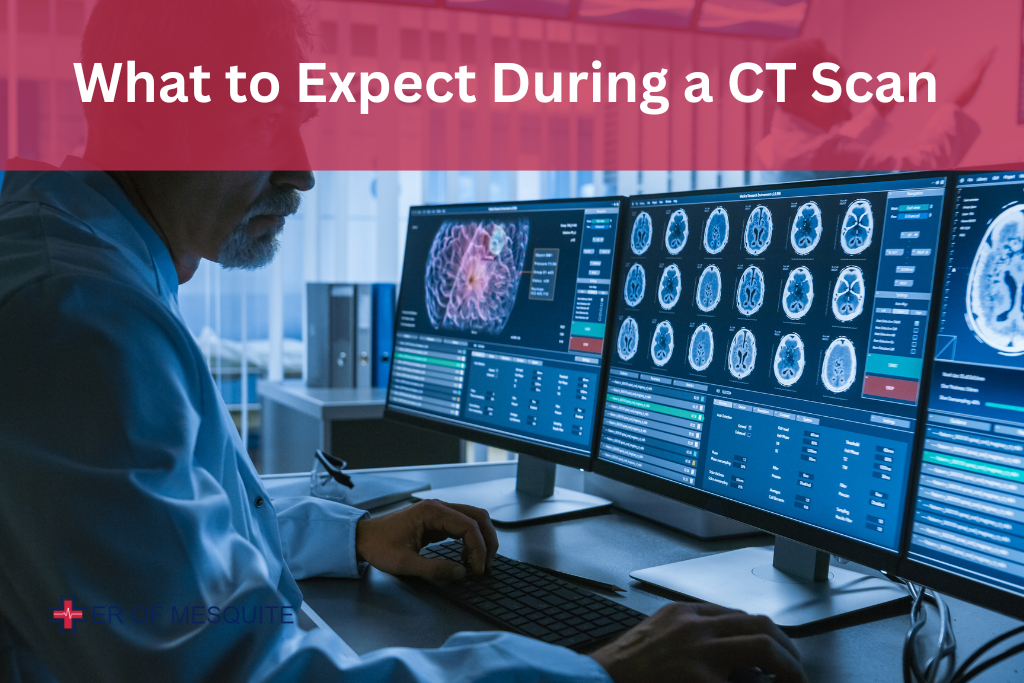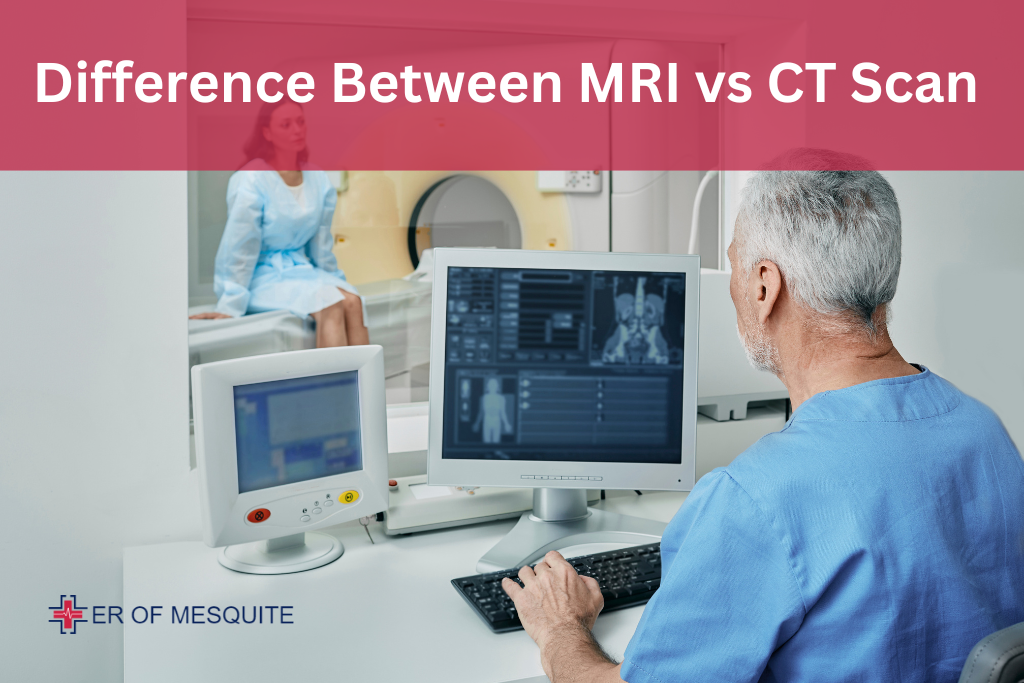When your doctor talks about MRI and CT scans, it can be confusing. Are they just different names for the same thing, or do they serve unique purposes?
These two imaging techniques are crucial for diagnosing a variety of conditions, but they each have their strengths. Understanding their differences can help you navigate your healthcare choices.
From examining soft tissues to identifying bone issues, MRI and CT scans play vital roles in medicine. So, how do you know which one is best for your situation?
What Is an MRI?

MRI, or magnetic resonance imaging, utilizes radio waves and powerful magnets to produce images of your bones, tissues, and organs. It provides a detailed view, making it ideal for diagnosing various conditions such as:
- Breast Cancer: MRI scan helps detect tumors in the breast.
- Tumors: It identifies cancerous growths throughout the body.
- Joint Issues: Problems with ligaments, joints, and tendons are clearly visible.
- Blood Vessel Problems: Issues like aneurysms, heart attack damage, and artery blockages can be assessed.
- Brain Disorders: Conditions such as multiple sclerosis, strokes, and aneurysms are diagnosed using MRI.
- Inflammatory Bowel Diseases: It can evaluate conditions like ulcerative colitis and Crohn’s disease.
- Liver Conditions: Liver damage from various causes, including cirrhosis, is detectable.
- Bone Issues: MRIs show both bones and surrounding soft tissues, providing comprehensive insights into bone health.
What to Expect During an MRI
Before the scan, you may be given a contrast agent, either ingested or injected, to enhance image clarity. You may be asked to change into a gown and remove metal objects.
The process involves lying on a table that slides into the MRI machine. To minimize discomfort from the machine’s noise, earplugs or headphones are often provided.
During the scan, which typically lasts up to an hour, you’ll need to remain still. For certain images, you may be asked to hold your breath for a few seconds. While the procedure can be lengthy, it’s painless and non-invasive.
For cardiac imaging, MRI is one of the several available options. To learn how it compares with other heart-imaging techniques, explore our article on Cardiac CT Scan vs Angiogram.
What Is a CT Scan?
CT, or computed tomography, also known as CAT (computerized axial tomography) scans, utilize x-rays to generate cross-sectional images of the body. These scans are primarily used to identify issues in bones, tissues, and organs, including:
- Circulatory Issues: Diagnosing heart disease, blockages, and aneurysms
- Abdominal Problems: Identifying masses in organs like the liver and pancreas
- Urinary Tract Issues: Investigating causes of blood in urine
- Lung Conditions: Diagnosing fibrosis, tumors, and other lung-related issues
- Bone Concerns: Providing better visuals for complex fractures and tumors than standard x-rays
- Head Injuries: Detecting hemorrhages, calcifications, and tumors
What to Expect During a CT Scan

Prior to the scan, you may receive a contrast agent either orally or intravenously. Similar to MRI scans, you’ll be asked to change into medical scrubs or a gown for the procedure.
You’ll then lie on a table that moves into the scanning machine. Unlike MRIs, CT scanners are relatively quicker and quieter, often completed within 10 minutes.
To understand how CT scans compare to other frequently used cardiac diagnostic tools, read our article on ECG vs CT Scan.
Similarities Between CT and MRI Scans
While CT and MRI machines look different, their benefits are quite similar. Both imaging techniques are safe, noninvasive, and help doctors diagnose a range of conditions and injuries. These scans can capture images of various internal structures, including organs, bones, and soft tissues.
The experience for the patient during a CT or MRI is also largely alike. In both procedures, you’ll be asked to remove any metal items and lie on a table that moves into the machine. Not all of your body may need to enter the scanner. If you’ve metal implants or certain health issues, some scans may not be suitable for you.
Both CT and MRI scans might involve the use of a contrast dye to enhance the images. In some cases, a special dye is injected before the scan, providing clearer images of the targeted area. The dye is naturally flushed out of the body afterward.
Difference Between MRI vs CT Scan

CT and MRI scans use distinct technologies, each offering specific advantages for diagnosing medical problems. CT scans generate images of bones and soft tissues, while MRIs are often better for highlighting slight differences between tissue types.
Although both CT and MRI create detailed images, CT scans are often more effective for diagnosing certain conditions. A CT scan can display bones, tissues, and blood vessels in a single image, which is harder to achieve with MRI.
MRI vs CT Scan Uses
MRI and CT scans are both essential imaging tools, but each has unique strengths that make them more suitable for different medical conditions and diagnostic needs. Understanding their uses helps guide proper diagnosis and treatment.
MRI vs CT Scan for Brain
- MRI: Offers detailed imaging of soft tissues in the brain, making it ideal for diagnosing tumors, strokes, multiple sclerosis, or traumatic brain injuries. It’s the gold standard for neurological conditions.
- CT Scan: Best for emergency situations involving head trauma or bleeding, thanks to its speed. It’s also useful for detecting skull fractures but lacks the soft tissue detail of MRI.
MRI vs CT Scan for Spine
- MRI: Superior for diagnosing spinal cord and nerve issues, including herniated discs, infections, or spinal cord compression. Its detailed imaging of muscles, discs, and nerves helps in diagnosing degenerative diseases.
- CT Scan: More effective for detecting bone issues in the spine, such as fractures or misalignments. It’s commonly used when rapid imaging is needed but is less effective for soft tissue evaluation.
MRI vs CT Scan for Cancer
- MRI: Preferred for detecting soft tissue cancers like those in the brain, breast, liver, and prostate. It provides detailed images to identify the location, size, and spread of tumors.
- CT Scan: Commonly used for quick cancer diagnoses, especially in organs like the lungs or abdomen. It’s also useful for tracking the spread of cancer (metastasis) and monitoring during treatment.
MRI vs CT Scan for Diagnosis
- MRI: Best for diagnosing conditions related to soft tissues, nerves, muscles, and organs. It’s ideal for detailed analysis of neurological, musculoskeletal, and vascular conditions.
- CT Scan: Excellent for diagnosing emergencies like internal bleeding, fractures, or lung issues. Its ability to capture bones, tissues, and blood vessels in a single scan makes it invaluable for trauma and surgical planning.
Key Takeaway
Both MRI and CT scans are essential diagnostic tools, but they cater to different needs. Understanding the pros and cons of CT scan vs MRI helps healthcare providers choose the best method based on the patient’s condition.
At ER of Mesquite, we offer both MRI and CT scan services, ensuring that patients receive the most accurate and timely diagnosis for their medical needs. Our experienced team is committed to providing exceptional care, whether it’s for emergency imaging or detailed soft tissue evaluations.
Schedule Your Imaging Consultation Today
FAQs
Is a CT Scan or MRI Better for Nerve Damage?
An MRI is better for assessing nerve damage because it provides detailed images of soft tissues. CT scans are less effective for visualizing nerves and their conditions.
Which Has More Radiation, CT or MRI?
CT scans involve radiation, while MRI scans do not use any radiation at all.
Is MRI More Expensive Than CT?
Yes, MRI scans are typically more expensive than CT scans due to their advanced technology and longer procedure time. This higher cost reflects the detailed imaging and diagnostic capabilities MRI provides.

